Product Advertisement Poster Boy
- sandhukeshminder
- May 27, 2018
- 5 min read
Updated: Oct 24, 2023
I first got into the Marketing Communications industry as a teen in college just after school. From pure science background, science started being a drag, and I also needed some extra pocket money to sustain my growing appetite for socializing with friends and enjoying a good time out.
So I tried a few revenue streams to make extra income, but being an advertising talent paid the best and came most naturally.
It was from here that I progressed to studying Mass Communication, and ended up working in advertising agencies and even starring in our own produced commercials including TVCs and product advertisement poster.
As a teen I used to think to myself that one day I will be the advertising planning team under the umbrella. Turns out I did, and worked for GREY Malaysia and GREY Singapore.

Photo by Alexander Dummer on Pexels.com
So since 18 and moving here and there through the world, I managed to slip in and out of the talent scene from a young kid profile - to teen - to young adult - professional - and most recently in 2015 ish daddy roles. So suited characters also progress with your age and profile.

Nonetheless, the planning in the production of an advertisement is just something else. From doing the Strategy work to come up with the hook that drives the Call to Action, to the Creative Department then churning it into the Advertising Creative Idea, then exploring the best channels and adapting the creative idea to suit accordingly, and across different segments and languages.

The advertising and casting processes are integral components of the entertainment and marketing industries, particularly in the production of commercials, films, television shows, and other forms of media. These processes involve a series of steps to select and hire the right talent for a project and to create and distribute compelling advertisements or content.
Here's an overview of both processes:
Advertising Process:
Campaign Planning: The advertising process begins with defining the objectives and target audience for the campaign. This includes setting goals, budgets, and timelines.
Creative Concept: The creative team develops the core idea or concept for the advertising campaign. This may include messaging, visuals, and a tagline.
Scriptwriting and Storyboarding: If it's a video ad, a script is written, and storyboards are created to plan the visual and audio elements. For print or digital ads, the design and copywriting process takes place.
Casting: Casting directors may be involved in selecting actors or models for the ad, considering factors like appearance, acting ability, and suitability for the roles.
Location and Set Design: The team selects locations and designs sets that align with the campaign concept.
Production: The actual shooting or production of the ad takes place, involving a crew of directors, cinematographers, actors, and technical specialists.
Editing and Post-Production: Footage and audio are edited, and special effects or graphics are added as necessary.
Approvals and Revisions: The final ad is reviewed, and any necessary revisions are made to meet the client's or stakeholders' expectations.
Distribution and Placement: The ad is placed on appropriate media channels, such as TV, radio, online platforms, or billboards, to reach the target audience.
Analysis and Evaluation: After the campaign has run, its success is evaluated based on metrics like reach, engagement, and conversion rates.
Casting Process:
Casting Call: Casting directors issue casting calls or auditions, inviting actors, models, or performers to try out for roles in a project. These calls can be open to the public or limited to a specific pool of talent.
Auditions: Aspiring actors or models attend auditions where they perform scenes, read scripts, or showcase their skills. Auditions can be in-person or via self-tapes submitted online.
Callbacks: Some candidates may be called back for a second audition to assess their suitability for specific roles or to compare them with other candidates.
Casting Selection: Casting directors and the production team decide on the final cast based on a combination of talent, look, chemistry with other actors, and suitability for the roles.
Contract Negotiation: Once actors are selected, negotiations take place to determine their compensation, schedules, and contractual terms.
Rehearsals and Pre-production: Before the actual shoot or performance, actors participate in rehearsals and pre-production meetings to prepare for their roles.
Performance and Filming: Actors perform their roles in front of the camera, and multiple takes may be necessary to achieve the desired results.
Post-Production: In the post-production phase, the footage is edited, and sound and visual effects are added.
Release and Promotion: The film, show, or project is released and promoted to the target audience through marketing and distribution channels.
Both the advertising and casting processes are complex and require collaboration among various professionals, including directors, producers, casting directors, writers, and marketing experts, to bring a creative vision to life and effectively reach the intended audience.

Check out the video below on how hamburger TV commercials are produced.
Hamburger TV commercials, like other types of food commercials, are carefully crafted to make the product look appealing and appetizing. Here's a general overview of the process for producing hamburger TV commercials:
1. Concept and Planning:
The process begins with the development of a concept for the commercial. This includes deciding on the style of the commercial (e.g., humorous, emotional, informative), the target audience, and the key message. For hamburger commercials, the focus is usually on the deliciousness and quality of the burger.
2. Script and Storyboard:
A script is written, detailing the dialogues and actions in the commercial. This script is then turned into a storyboard, which is a visual representation of each scene, including camera angles and shots.
3. Casting:
If the commercial includes actors or spokespersons, casting is conducted to find the right talent. In some cases, food stylists may also be hired to ensure the burgers look perfect on camera.
4. Location and Set Design:
The appropriate location or set is chosen for shooting. For hamburger commercials, it could be a restaurant, a studio with a kitchen setup, or even a purpose-built set.
5. Food Styling:
A food stylist plays a crucial role in making the burger look mouthwatering. They carefully arrange the ingredients, use tricks like adding steam or specialized lighting, and may even use inedible props to make the burger appear perfect.
6. Filming:
The actual filming of the commercial takes place, following the storyboard and script. Multiple takes are often required to get the perfect shot. Close-up shots of sizzling meat, melting cheese, and crisp vegetables are common.
7. Lighting and Cinematography:
Proper lighting is essential to make the burger and other elements look appealing. Cinematographers use different techniques and equipment to capture the desired look and feel.
8. Sound and Music:
Appropriate background music and sound effects are added to enhance the mood of the commercial. A sizzling sound as the burger is cooked or the sound of someone taking a satisfying bite can be crucial.
9. Editing:
The footage is edited to create a seamless and engaging narrative. Special effects or animations may be added to enhance the visual appeal.
10. Voiceover and Narration:
If there is a voiceover or narration, it is recorded and added during the post-production process.
11. Graphics and Text:
Any text or graphics, such as the name of the burger or the restaurant's logo, are added during post-production.
12. Color Correction and Post-Production:
Color correction is performed to ensure the colors of the food look vibrant and appetizing. The final video is then polished during post-production.
13. Approval:
The client or brand reviews the commercial and provides feedback. Adjustments are made as necessary.
14. Distribution:
Once the commercial is approved, it is ready for distribution. It can be aired on television, shared on social media, and used for online advertising.
The goal of a hamburger TV commercial is to make the product look so tempting that viewers are enticed to try it. Achieving this requires a combination of visual and auditory techniques, as well as expert food styling and cinematography.





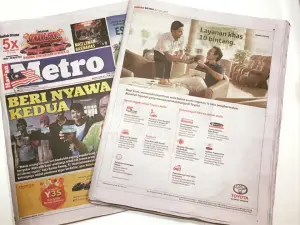
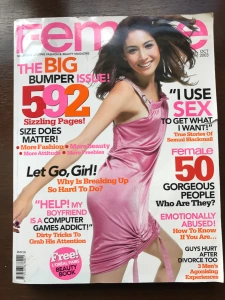
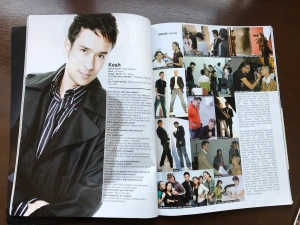
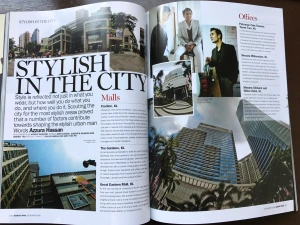
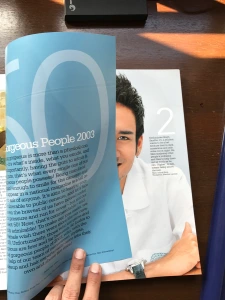
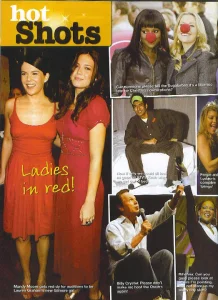
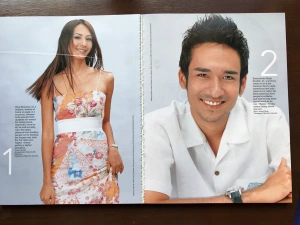
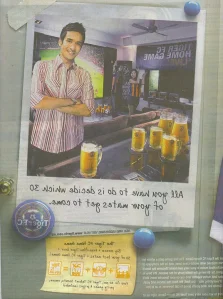

Comments